Let’s Stop Having Different UK Definitions for “Superfast Broadband”
Why is this important you ask? An up to 80Mbps Fibre-to-the-Cabinet (FTTC) line on BT’s network, which over the next few years is what most people should expect to be put within reach of, can in theory cover homes that reside over 2000 metres (2km) away from the local Street Cabinet via existing copper wires. But this “last mile” style run of copper in FTTC’s diet makes it susceptible to performance loss over distance. In other words, the performance you get back, depending upon real line length from the cabinet to your home, could be anything from around 2Mbps to nearly 80Mbps.
Other problems also exist, such as the rising levels of crosstalk (interference) that can mean your predicted speed suffers a significant slowdown over time as more lines go live in the cabinet (they interfere with each other). BT expects to solve much of the crosstalk problem by adding Vectoring technology in the future, which works a bit like noise cancelling headphones to remove interference, but that is still in the trial stage (here).
The Welsh Example
Another example of this confusion is illustrated by how the BDUK target in Wales (Superfast Cymru) is currently for 96% of premises to be put within reach of a “fibre based broadband” network by 2016. The project’s name uses the word “superfast” but its 96% goal is expressed as the generic “fibre based broadband” and indeed many believe that the figure actually represents total NGA network reach (i.e. including sub-24Mbps speeds), much like other BDUK schemes do.
Ofcom recently reiterated the 96% target for Wales in their 2014 CMR study, albeit by using the word “superfast“, and the mass media duly regurgitated it. ISPreview.co.uk queried this matter with the regulator’s director for Wales, Rhodri Williams, whom initially said the information was “accurate” and “is the figure included in [the Welsh Governments] contract with BT“. Williams also stated that the word “superfast” on the Welsh contract referenced speeds of at least 24Mbps, which is another example of the highlighted confusion because, as state earlier, Ofcom itself defines “superfast” as 30Mbps+.
However, according to contract documentation released under an FoI request last year (here), a “minimum” figure of 95% is used to reflect “all premises in the contract intervention area” that are capable of receiving 24Mbps+ speeds, which falls to 90% for 30Mbps+. But this reflects the “intervention area” and not the country as a whole.
Thankfully, after pointing these conflicts out, Williams agreed to investigate further and a week later we finally got our reply: “The report itself refers only to NGA broadband services, which include services delivering speeds of 24Mbps+, but this distinction was not drawn in the press release. We are updating our website to reflect this.” Good, a sort of clarity, although their reason for saying “superfast” in the first place is a little bit odd (i.e. everybody else was saying it, so they did too, which is a strange comment for an industry regulator).
Rhodri Williams explained:
“For your information, the term “superfast broadband” was used in the release because the Welsh Government’s intervention project is known as “Superfast Cymru” and the Welsh Government and media in Wales make use of the term to describe broadband of 24Mbps and above.”
The fact is, whether 96% is a target for speeds of 24Mbps+ in Wales or merely reflecting raw NGA network coverage (including sub-24Mbps speeds), the confusion is none the less palpable (same as it is for so many other local authorities around the UK) and that’s before we even dare to touch on the immensely divisive issue of whether the term “fibre broadband” should even be used for anything except true fibre optic (FTTH/P/B) connections (Will the Real Fibre Optic Broadband Service Please Stand Up).
At the end of the day it seems absurd for so many different groups to be using conflicting definitions to reflect a pre-set Government target, especially when public money is being used. Perhaps the most appropriate approach would be for everybody to identify coverage by the EU’s target of 30Mbps+, while expressing overall NGA network coverage as a second separate figure. A few local authorities do this already but that’s simply not good enough.
Mark is a professional technology writer, IT consultant and computer engineer from Dorset (England), he also founded ISPreview in 1999 and enjoys analysing the latest telecoms and broadband developments. Find me on X (Twitter), Mastodon, Facebook and Linkedin.
« UPD2 BT Raise Broadband and Phone Prices – Holiday to Bury Bad News
Latest UK ISP News
- FTTP (5570)
- BT (3526)
- Politics (2549)
- Openreach (2308)
- Business (2278)
- Building Digital UK (2250)
- FTTC (2049)
- Mobile Broadband (1985)
- Statistics (1796)
- 4G (1675)
- Virgin Media (1634)
- Ofcom Regulation (1472)
- Fibre Optic (1405)
- Wireless Internet (1398)
- FTTH (1382)

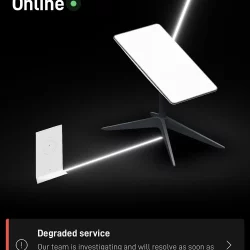
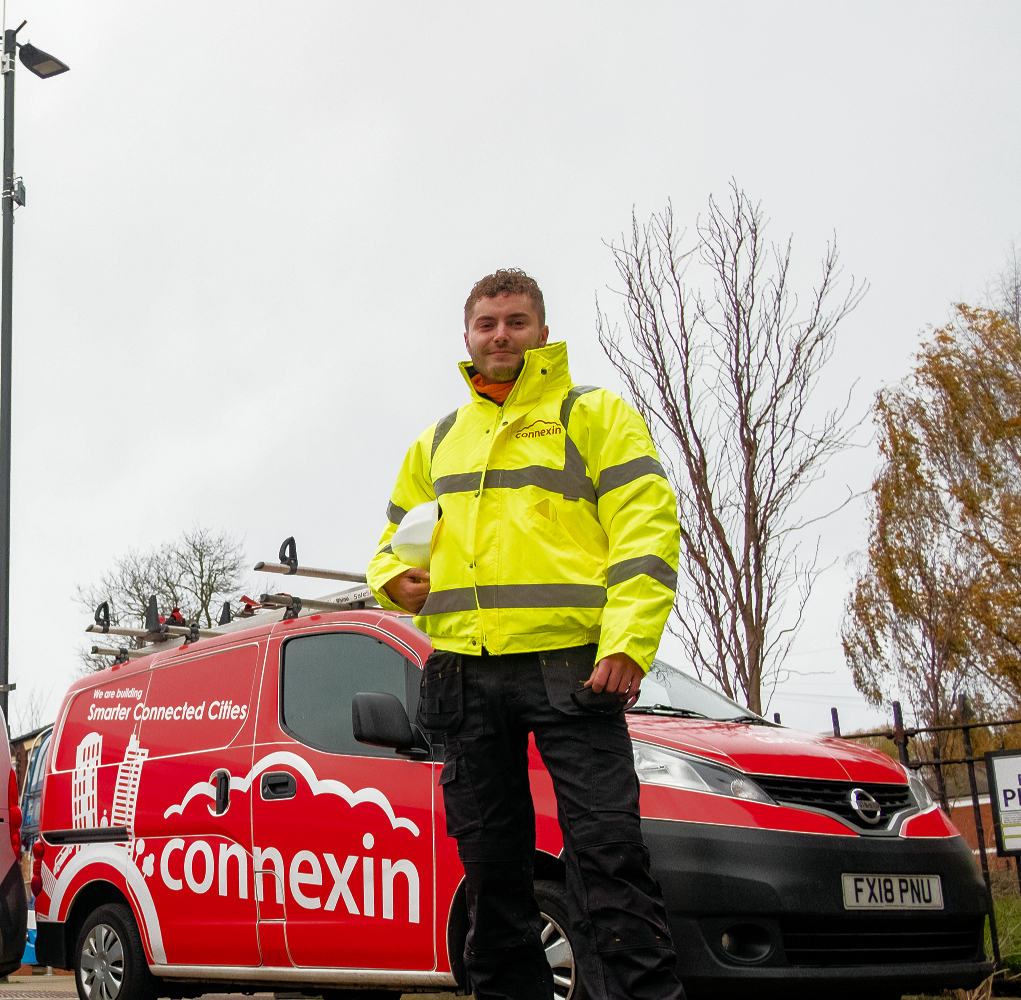
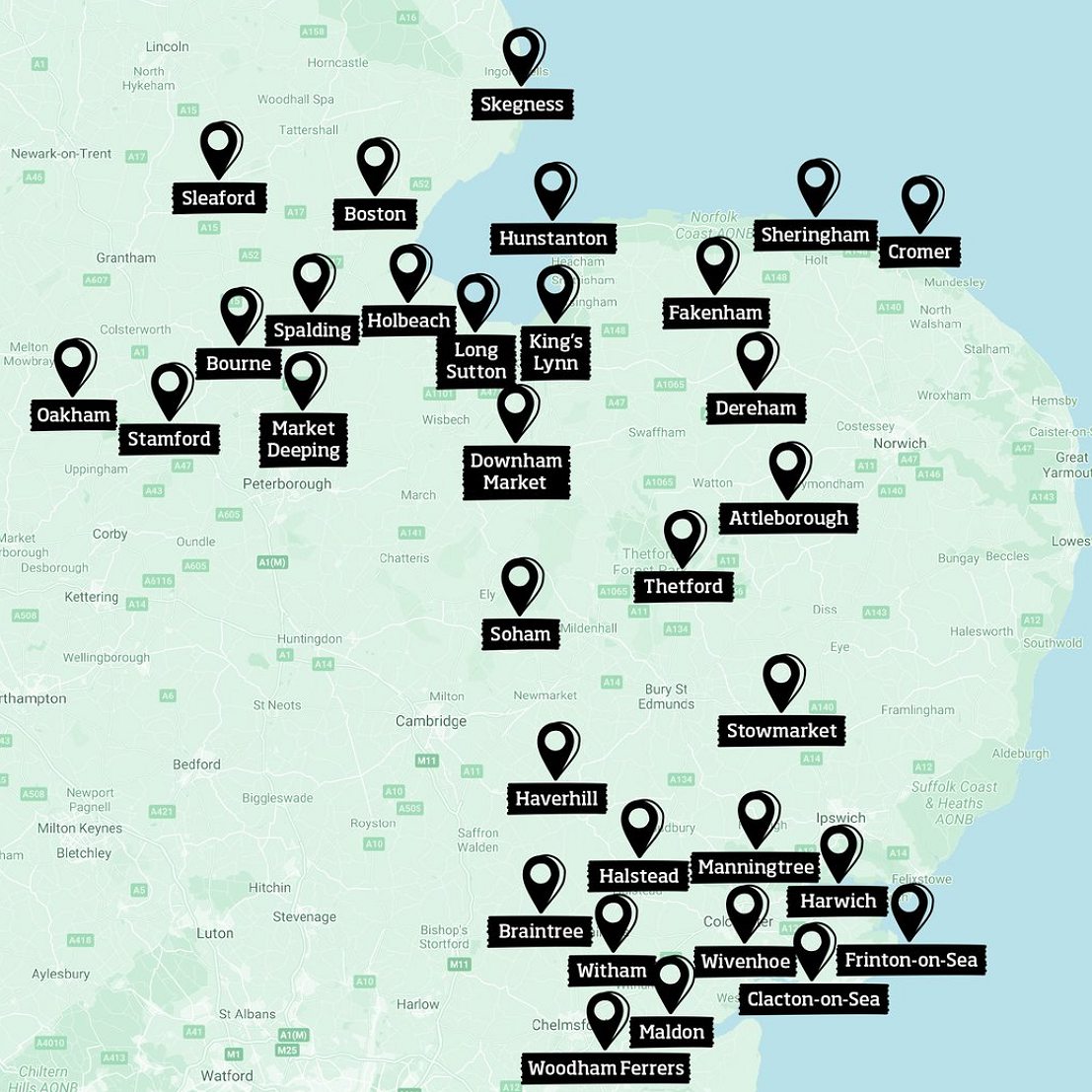














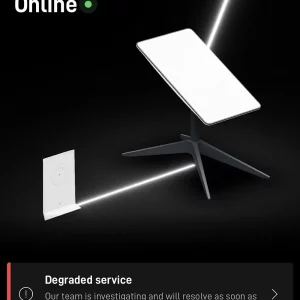
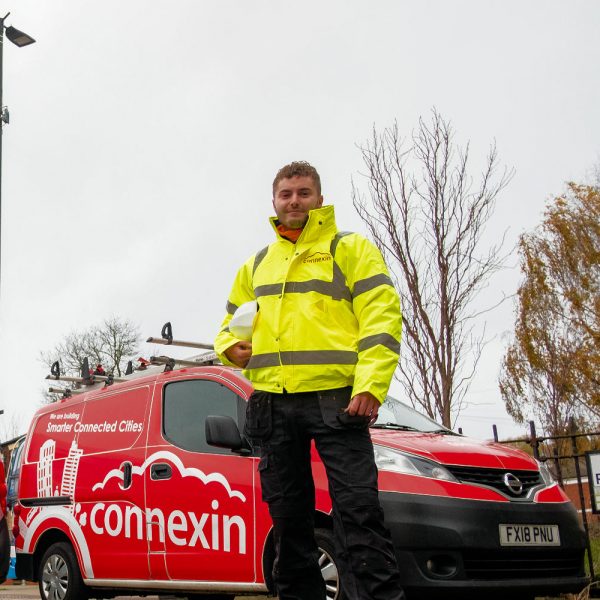
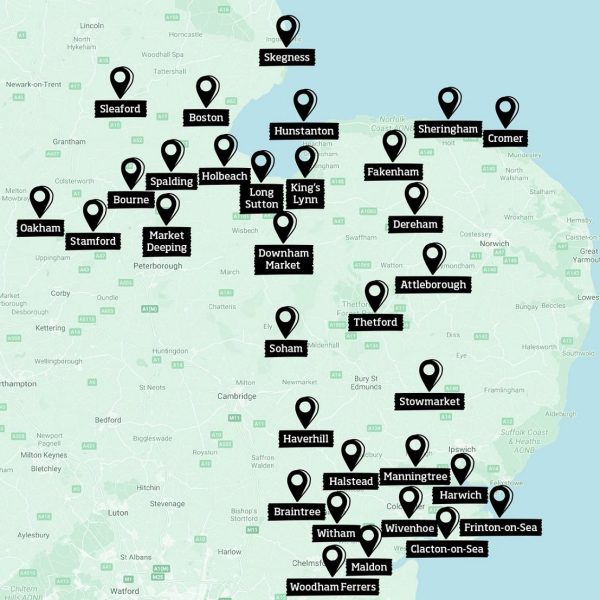
































Comments are closed